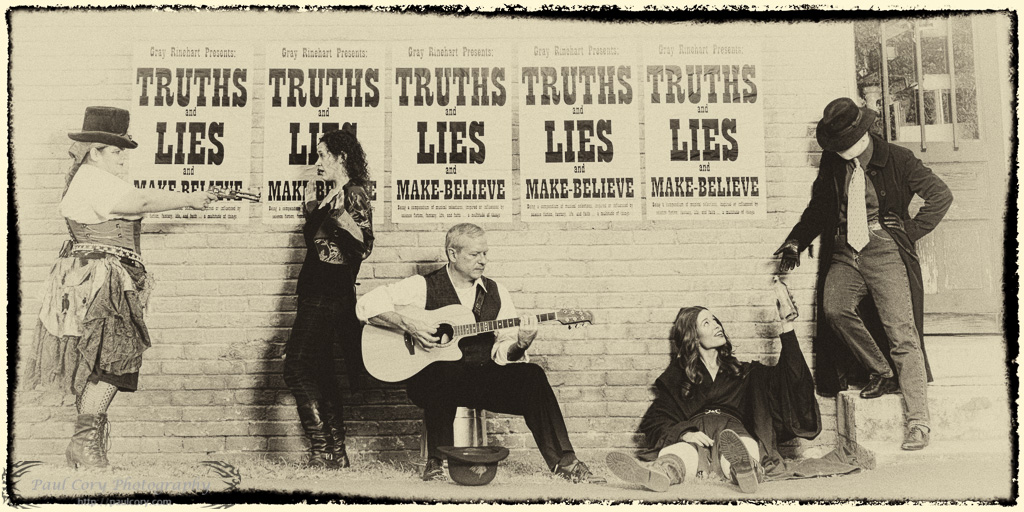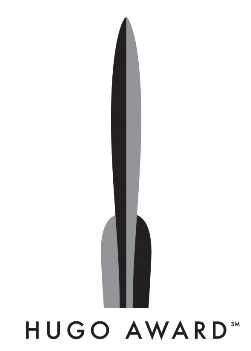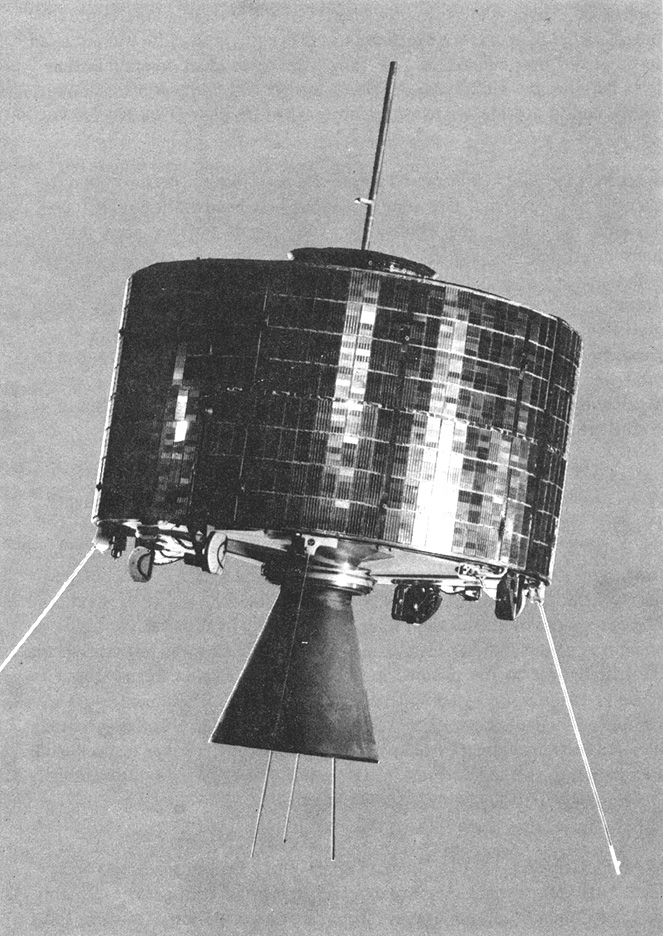Or on fan e-mail, as it were.
Having only published a few stories, I don’t get much in the way of reader feedback, whether by e-mail, or here on the blog, or in person. When it does come — as when a young fellow asked for my autograph at a recent convention, or yesterday when a young lady wrote in about one of the stories I had in Asimov’s last year — it can be both refreshing and humbling.

(“I must be getting old…” by idogcow, from Flickr under Creative Commons.)
It just so happens that last night, barely an hour after reading yesterday’s very complimentary e-mail, I read something else that helps put such things in perspective. My leisure reading of late has been The Best of Gene Wolfe, a collection of his short fiction, and in the afterword to “The Detective of Dreams” Mr. Wolfe writes,
I will not lecture you on Jesus of Nazareth, but I advise you to find [G.K.] Chesterton’s The Everlasting Man. In [“The Detective of Dreams”] I asked you to consider that everlasting man’s short fiction. Fans have written me to say that this or that story stayed with them for days. Each letter makes me proud and happy. In my happiness and pride, I am prone to forget that there was once a storyteller from Galilee whose stories have stayed with us for millennia.
I like that very much.
So as much as I appreciate knowing that someone has read and appreciated something I wrote, I must recognize that, as Audio Adrenaline sang, I’m “never gonna be as big as Jesus.”
And that’s okay.
___
P.S. I also recommend The Everlasting Man, which is interesting and at times fascinating. I listened to the audiobook, but I admit that to me the text came across as almost too complex for audio. I would like to find a good print copy, in order to consider Chesterton’s arguments in their proper depth. GWR



 by
by 



















